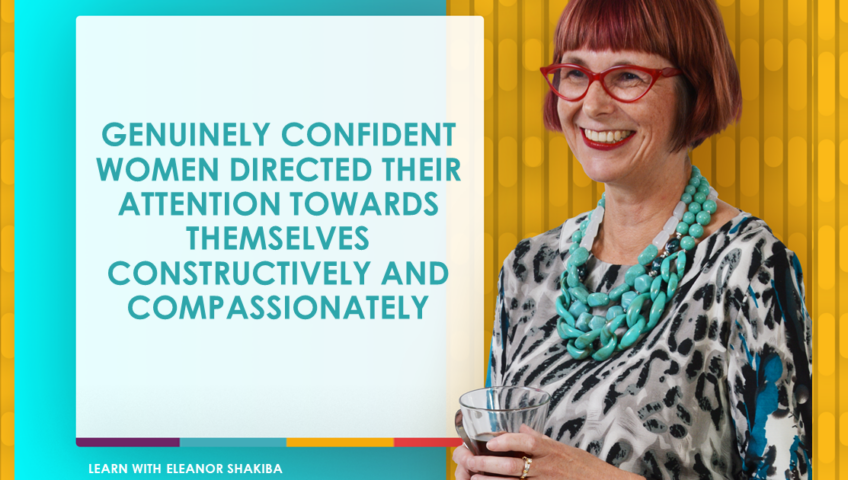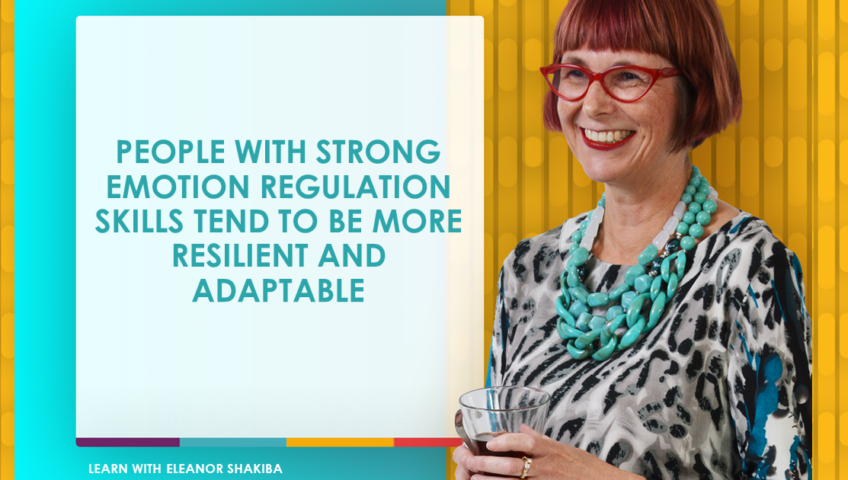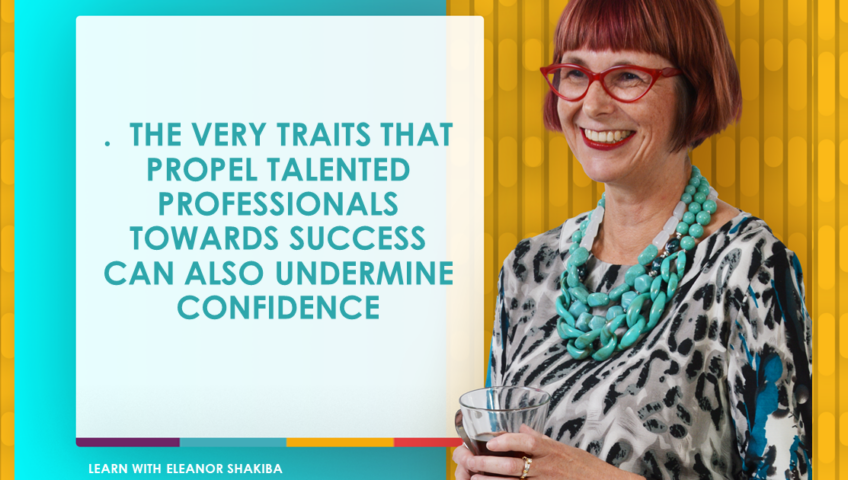Do you believe that negative thoughts are a sign of low confidence? Well, that just might be a myth! Interestingly, research shows that even highly confident people experience just as many negative thoughts as anyone else. It’s not the number of negative thoughts that matters, but how you deal with them. So, what do truly confident people do differently to the rest of us? When negative thoughts pop up, they don’t ruminate or dwell on them.
Free e-book and video tips.Get your copy today!
|
|
Why is this difference significant? Because taking action is related to high self-efficacy, which is your belief in your own ability to achieve goals and overcome obstacles. Building your self-efficacy is one of the fastest ways to boost your confidence. It enables you to drive your own behaviour and relish in what Virginia Satir called the Five Freedoms of a Congruent Self. These are:
- The freedom to see and hear what is — accepting reality as it is, without denial or distortion.
- The freedom to say what you feel and think — expressing oneself openly and honestly.
- The freedom to feel what you actually feel — allowing emotions to exist without judgment.
- The freedom to ask for what you want — recognising your needs and voicing them with clarity.
- The freedom to take risks on your own behalf — acting courageously, even in the face of uncertainty.
These freedoms aren’t just ideals; they’re practical tools for building both assertiveness and confidence. Satir’s model reminds us that being human is a complex yet beautiful experience. Confidence isn’t about perfection or the absence of doubt; it’s about living fully, with all the messiness that comes along with it.
I encourage you to reflect on these freedoms. The next time you catch yourself consumed by negativity, ask, “What can I do next?” Because confidence grows with every step forward, regardless of the thoughts swirling in your mind.
This article was created by Eleanor Shakiba
Eleanor is a leadership trainer and success coach. Her mission is inspiring talented people to become leaders who make a difference. Since discovering her passion for training and development, Eleanor has trained more than 60,000 people. She delivers face-to-face workshops for corporates, online masterclasses for leaders and Positive Psychology retreats for trainers, HR practitioners and leaders.











